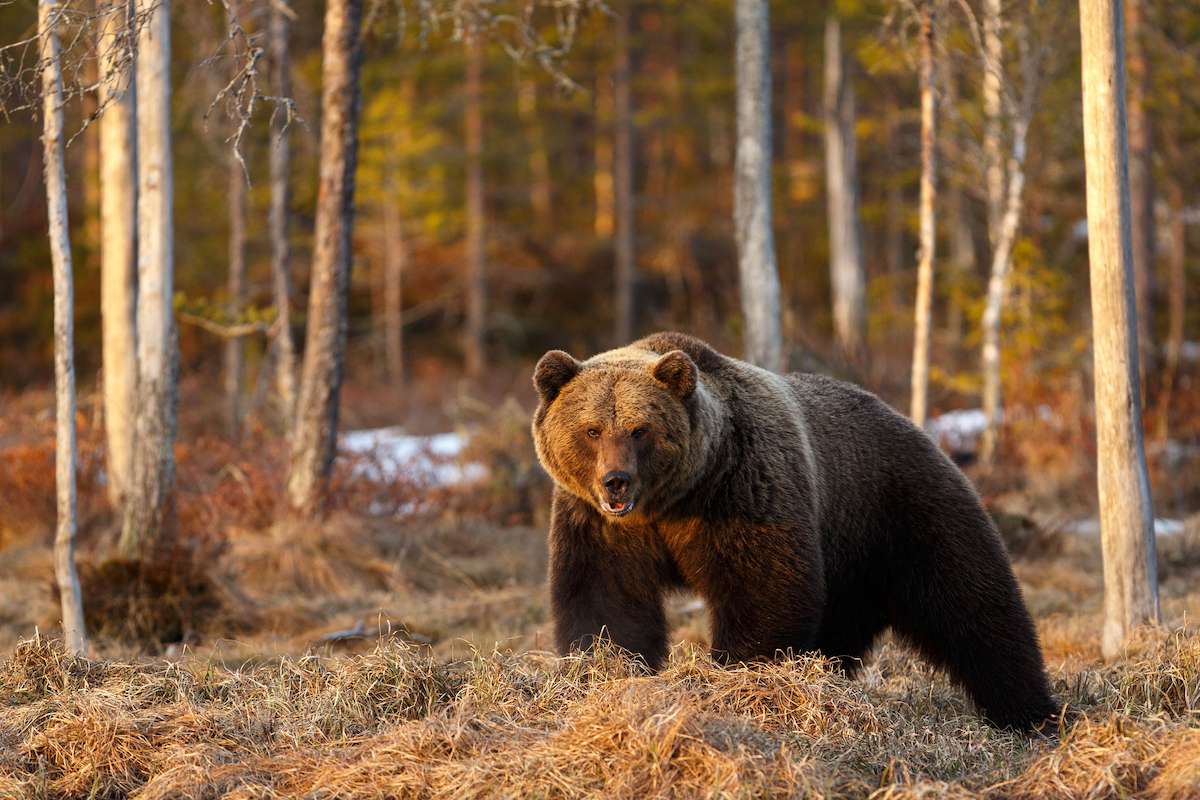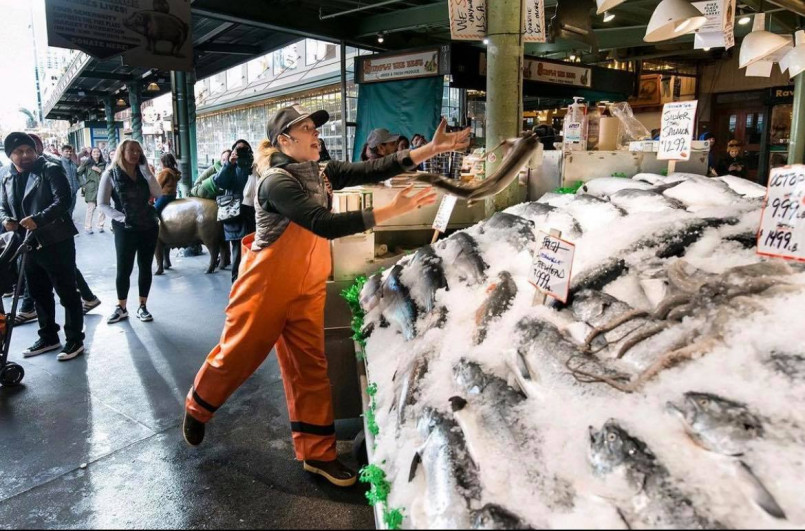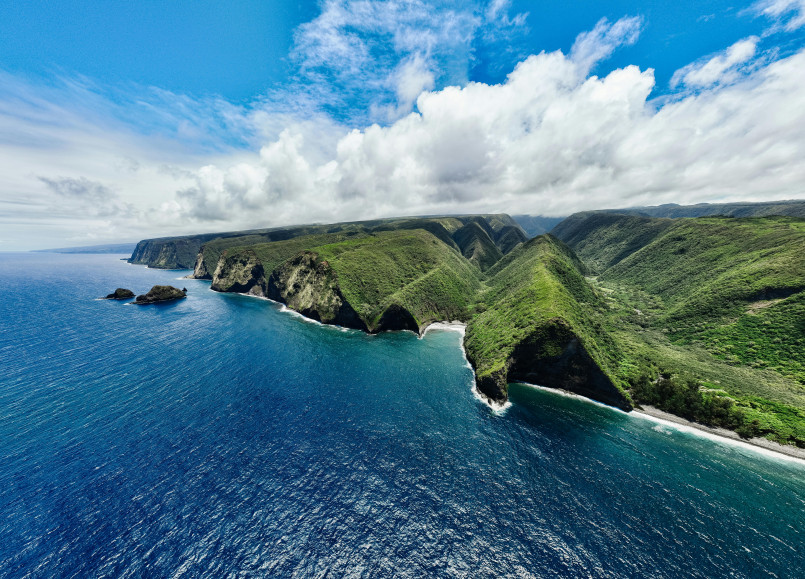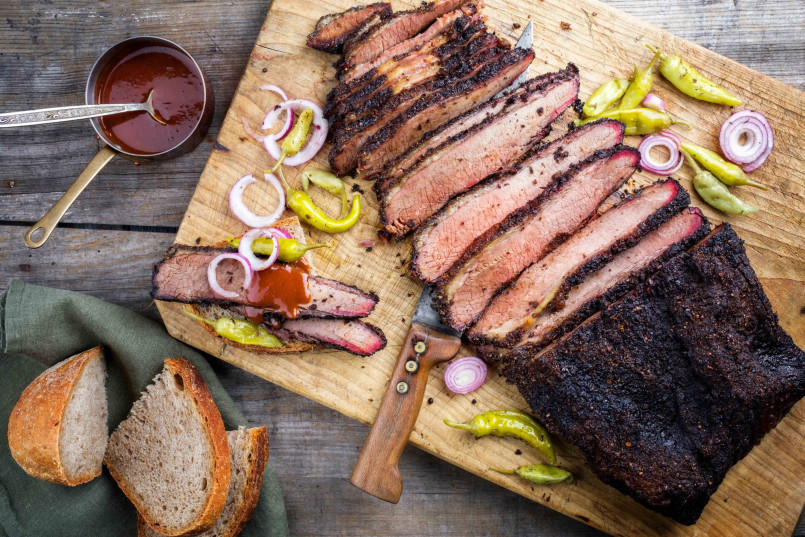While America's wildlife is diverse and beautiful, some species pose serious threats to humans. This guide explores the animals responsible for the most deaths and injuries in the United States, from unexpected insects to powerful predators.
When we think about dangerous wildlife, our minds might drift to the lions of Africa or the venomous creatures of Australia. However, the United States has its own roster of potentially deadly animals that cause significant numbers of human fatalities and injuries each year.
From microscopic disease carriers to massive predators, America's most dangerous animals might not be the ones you'd expect. This comprehensive guide examines the creatures responsible for the most human deaths and serious injuries across the country.
Deadly Insects: Small But Lethal
The most dangerous animals in America aren't the large predators but rather the tiny insects that transmit diseases or cause severe allergic reactions.
Mosquitoes claim the top spot as America's deadliest animal. These tiny bloodsuckers transmit West Nile virus, Eastern equine encephalitis, and other potentially fatal diseases. The CDC estimates that mosquito-borne illnesses affect thousands of Americans annually, with several hundred deaths.
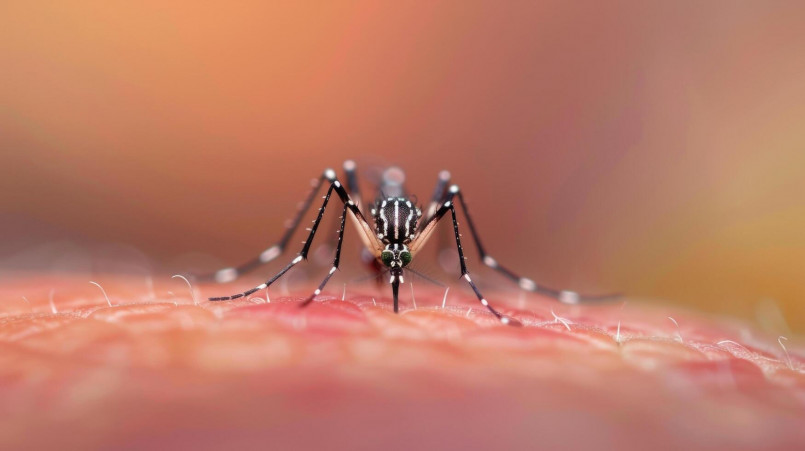
Ticks rank second among insect threats, transmitting Lyme disease, Rocky Mountain spotted fever, and other serious illnesses. Each year, approximately 50,000 Americans are diagnosed with tick-borne diseases, some resulting in long-term health complications or death.
Bees, wasps, and hornets cause approximately 60-100 deaths annually through severe allergic reactions. For those with allergies, a single sting can trigger anaphylaxis, a potentially fatal condition requiring immediate medical attention.
Venomous Snakes: Silent Dangers
America is home to several species of venomous snakes that pose significant risks to humans.
The Eastern and Western Diamondback Rattlesnakes deliver the most potent venom among North American pit vipers. Their bites can cause severe tissue damage, internal bleeding, and without treatment, death.
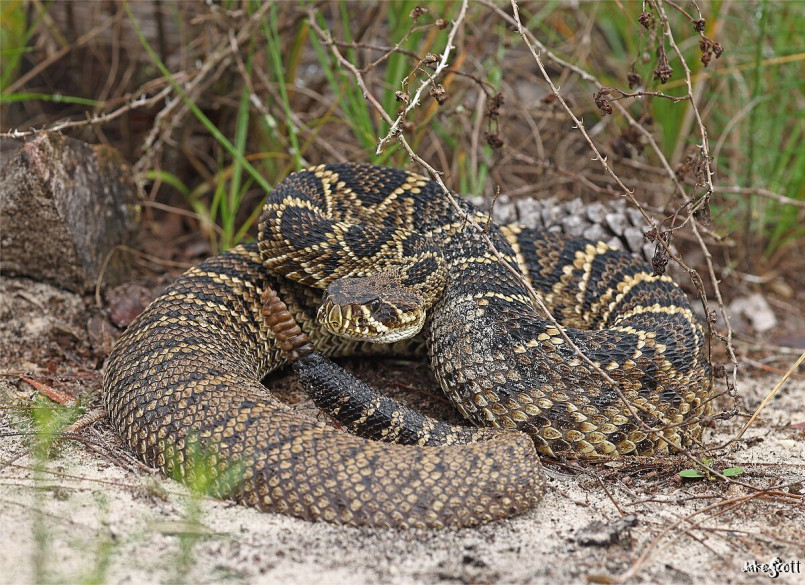
The Cottonmouth (Water Moccasin) inhabits wetlands across the southeastern states. Their venom contains powerful hemotoxins that destroy tissue and prevent blood clotting.
The Coral Snake, with its distinctive red, yellow, and black bands, possesses a neurotoxic venom that attacks the nervous system. While coral snake bites are rare, they can be fatal if untreated.
Approximately 7,000-8,000 venomous snakebites occur annually in the U.S., resulting in about 5-6 fatalities. Modern antivenoms have significantly reduced the death rate, but permanent tissue damage remains a serious concern.
Large Predators: Bears & Big Cats
While attacks are relatively rare, large predators can cause devastating injuries when encounters go wrong.
Grizzly Bears are responsible for the majority of fatal bear attacks in the United States. These massive omnivores can weigh up to 800 pounds and stand 8 feet tall. They're primarily found in Alaska, Wyoming, Montana, and Idaho.
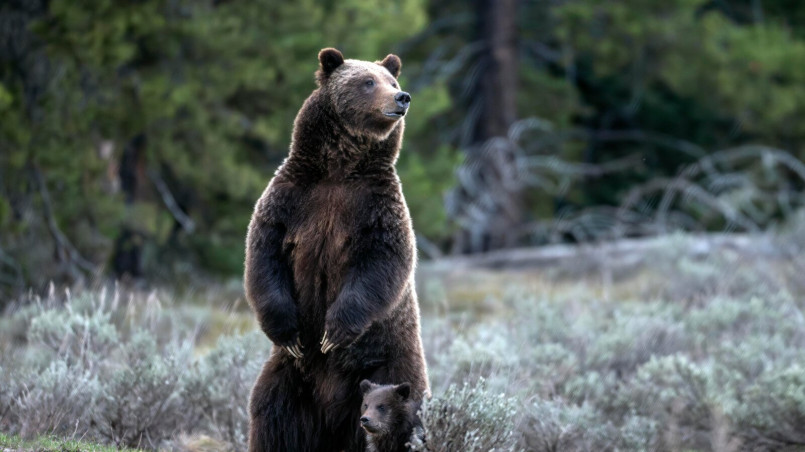
Black Bears are more numerous and widespread than grizzlies, but they're generally less aggressive. However, they still account for several attacks each year, particularly when protecting cubs or food sources.
Mountain Lions (Cougars) are stealthy predators found across western states and Florida. While human fatalities are extremely rare (fewer than one per year on average), attacks do occur, especially in areas where development encroaches on their territory.
These large predators typically avoid humans, with most attacks resulting from surprise encounters or when the animals feel threatened.
Marine Life Threats
America's coastal waters harbor several potentially dangerous marine species.
The Bull Shark is considered one of the most dangerous shark species due to its aggressive nature and ability to tolerate freshwater, allowing it to travel up rivers. Though shark attacks are rare in the U.S. (averaging 19 per year with one fatality every two years), they generate significant public concern.
Alligators, primarily found in southeastern states, cause approximately 5-10 serious attacks annually, with a fatality every few years. Florida leads in alligator incidents, where the reptiles can exceed 13 feet in length.
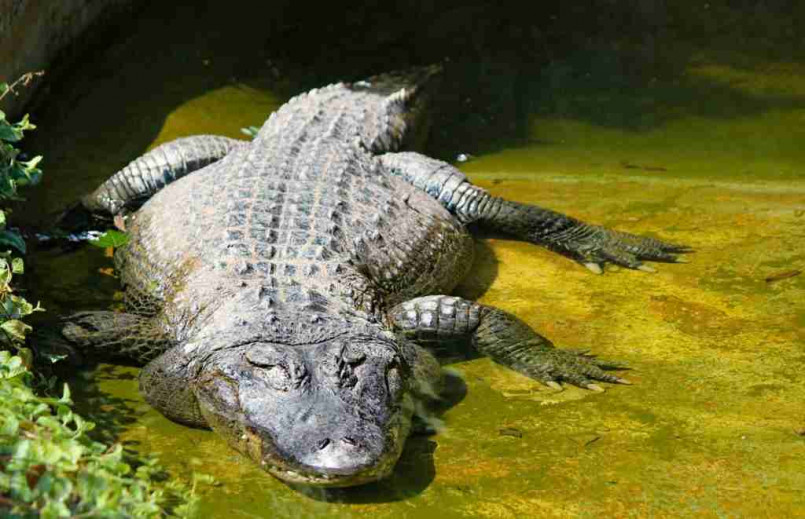
Box Jellyfish and Portuguese Man-o'-War present dangers along coastal areas, particularly in Hawaii and Florida. Their venomous stings can cause intense pain, respiratory distress, and in rare cases, death.
Domestic Animal Dangers
Surprisingly, some of America's most dangerous animals are domesticated species.
Dogs account for approximately 30-50 fatalities annually, with many more serious injuries. Certain breeds are responsible for a disproportionate number of attacks, though any dog can become aggressive under specific circumstances.
Horses and cattle cause numerous deaths each year through trampling, kicking, and crushing incidents. These large livestock animals are particularly dangerous when startled or when protecting young.
While not technically animals, disease-carrying insects associated with livestock and poultry operations pose significant public health risks through potential disease transmission.
Surprising Wildlife Risks
Several unexpected animals round out America's list of dangerous wildlife.
Deer cause approximately 200 human deaths annually-not through direct attacks but by causing vehicle collisions. These accidents peak during mating season (October-December) when deer movement increases.
Fire Ants, invasive in southern states, deliver painful stings containing venom that can trigger severe allergic reactions. They attack in swarms when their nests are disturbed, causing multiple stings.
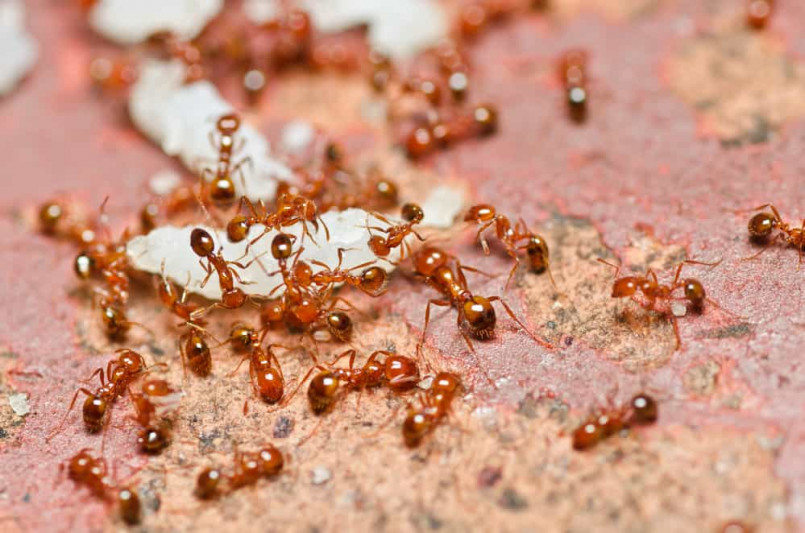
Black Widow and Brown Recluse Spiders deliver venomous bites that can cause significant medical complications. While rarely fatal, their bites can lead to severe pain, tissue necrosis, and extended recovery periods.
Scorpions, particularly the Arizona Bark Scorpion, deliver painful stings that can be dangerous for children, elderly, or those with compromised immune systems.
Preventing Dangerous Animal Encounters
Understanding how to avoid and respond to potential animal threats is crucial for safety in wild areas.
When hiking in bear country, make noise to avoid surprise encounters, carry bear spray, and know proper response techniques (playing dead for grizzlies, fighting back against black bears). Store food properly when camping to avoid attracting predators.
For insect protection, use EPA-approved repellents containing DEET or Picaridin, wear appropriate clothing, and check for ticks after outdoor activities. Those with known allergies should carry emergency epinephrine.
In snake territory, wear closed-toe boots, watch your step, and never reach into areas you can't see. If bitten, seek immediate medical attention and try to identify the snake if possible (without risking another bite).
Along coastlines, obey warning flags, swim in groups, and avoid water during dawn/dusk when sharks are most active. In alligator territory, stay away from water edges at night and keep pets leashed near water bodies.
Remember that most animal encounters end without incident when humans respect wildlife space and follow proper safety protocols.
Frequently Asked Questions About 10 Most Dangerous Animals in America: Deadly Wildlife to Avoid
Which animal causes the most human deaths in America?
Mosquitoes are responsible for the most human deaths in America through the transmission of diseases like West Nile virus and Eastern equine encephalitis. They cause several hundred deaths annually through disease transmission, far exceeding deaths from any other animal.
Are shark attacks common in the United States?
Shark attacks are quite rare in the United States, averaging about 19 attacks per year with only one fatality every two years on average. Despite their fearsome reputation, you're much more likely to be killed by a bee sting or dog attack than by a shark.
What should I do if I encounter a bear in the wild?
If you encounter a bear, stay calm and avoid direct eye contact. Back away slowly while speaking in a calm, monotone voice. Never run or climb a tree. For grizzly bears, play dead by lying flat on your stomach with hands behind your neck if attacked. For black bears, fight back aggressively targeting the face and muzzle. Always carry bear spray in bear country.
How can I protect myself from venomous snakes?
Protect yourself from venomous snakes by wearing closed-toe boots and long pants when hiking, staying on clear paths, watching where you step, and using a walking stick to disturb vegetation before you step through it. Never reach into holes, under rocks, or logs without checking first. If you see a snake, give it plenty of space and allow it to move away.
Are alligator attacks seasonal?
Yes, alligator attacks tend to be somewhat seasonal, with more incidents occurring during their mating season (April to June) and when females are guarding nests (June to August). They're also more active during warmer months and during dusk and dawn when they typically feed.
Why are deer considered dangerous animals?
Deer are considered dangerous primarily because they cause approximately 200 human deaths annually through vehicle collisions, not through direct attacks. These accidents spike during mating season (October-December) and at dawn and dusk when deer are most active. Their unpredictable movement across roadways makes them one of America's deadliest animals.
